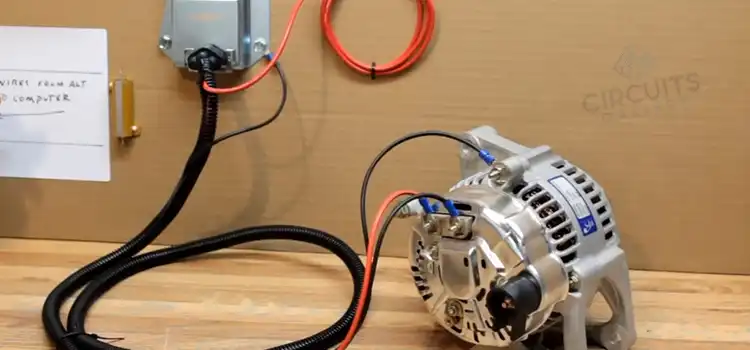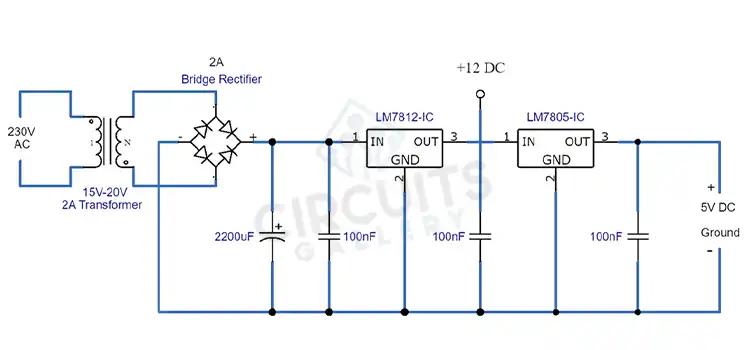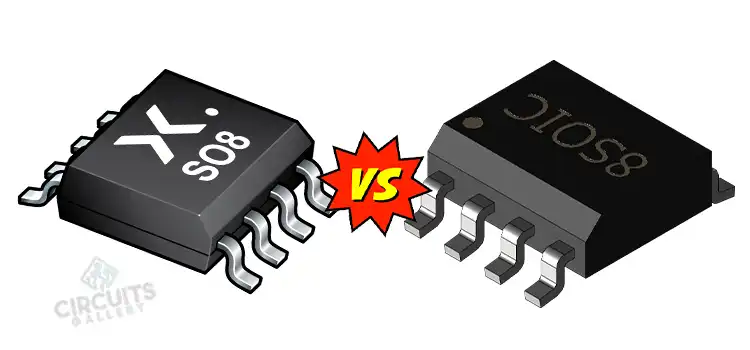How to Remove Wire from Push-in Connector? | A Step-by-Step Guide
Push-in connectors are a common sight in electrical work, offering a convenient way to secure wires without the need for a screwdriver or pliers. They simplify the process of connecting wires, but what if you need to disconnect them? Understanding…








